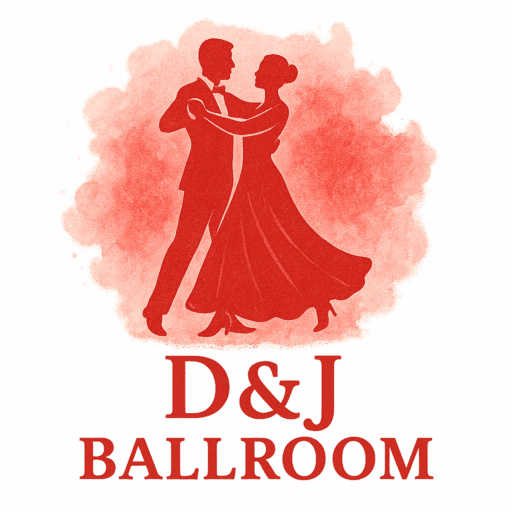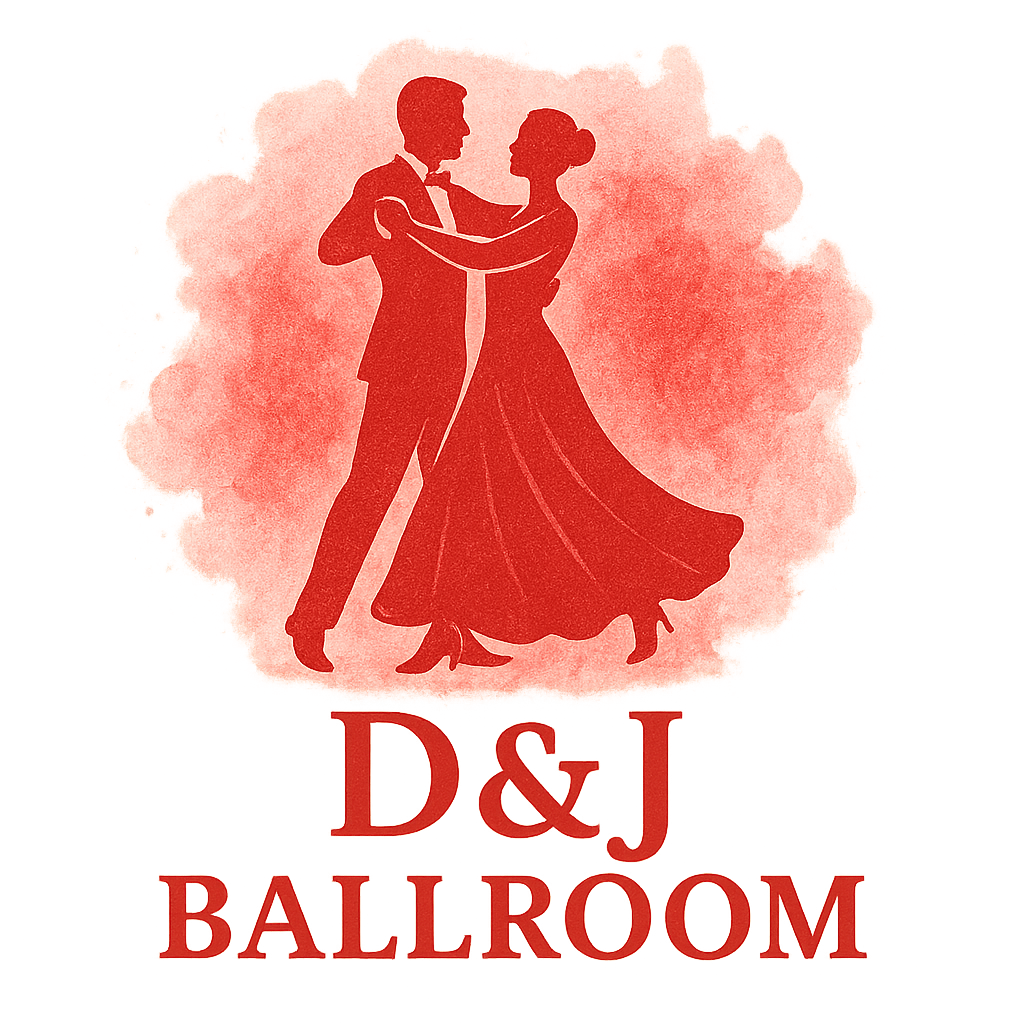Introduction: Why Ballroom Technique Drills Matter
If you’ve ever watched a professional ballroom performance and wondered how the dancers move so effortlessly, the secret isn’t only in choreography—it’s in technique drills. Drills are like the daily vitamins of ballroom training: they strengthen your foundation, improve control, and help you dance with more confidence.
But let’s be honest: drills without music can sometimes feel repetitive. That’s why practicing ballroom technique drills with music is a game-changer. It transforms your practice from mechanical movement into a living, breathing dance. And when you connect drills to rhythm, you not only sharpen technique but also train your body to interpret music the way ballroom was meant to be experienced.
To understand how drills fit into the bigger picture, it helps to revisit the roots of this elegant art form. If you’re curious about where ballroom came from and why posture, rhythm, and etiquette are so deeply tied to it, check out this guide on the history and culture of ballroom dancing.
The Role of Music in Ballroom Training
Rhythm and Timing: Building Musical Awareness
Think of music as the DNA of ballroom dance. Without rhythm, steps lose meaning. When you practice drills to music, you’re not only refining your technique but also teaching your body to “hear” and respond to beats. This makes your performance more natural and expressive.
If you want to see how different ballroom styles interpret music, explore this breakdown of popular ballroom dance styles—it’ll help you pick the right music for each drill.
Connection Between Technique and Expression
Imagine ballroom dancing as a language. Technique is the grammar, and music is the emotion. Practicing with music allows you to merge the two so you don’t just look polished—you tell a story. This connection is exactly what separates social dancers from competitors who wow judges at ballroom events and competitions.

Drill #1: Posture Alignment Walks
Posture is the silent communicator in ballroom. Strong posture gives you elegance, while weak posture can make even advanced steps look sloppy.
How to Practice with Music
- Stand tall with your core engaged, shoulders open, and chin level.
- Walk slowly across the floor to a slow waltz or foxtrot.
- Pay attention to weight transfer and balance with each beat.
For extra guidance, check out the fundamentals of ballroom techniques and training.
Benefits for Ballroom Dancers
This drill teaches you how to maintain a commanding presence on the floor. With music, you’ll notice how posture and rhythm create a sense of flow.
Drill #2: Frame Stability with Slow Waltz
A strong frame is the glue that keeps partners connected. Without it, ballroom becomes a tug-of-war instead of a partnership.
Step-by-Step Practice
- Get into frame with your partner.
- Slowly perform a box step to a slow waltz.
- Keep arms steady and avoid collapsing shoulders on turns.
Why Music Enhances This Drill
The 3/4 rhythm of the waltz creates a natural rise and fall that highlights when your frame drifts off balance.
Want to take it further? Pair this drill with a study of the waltz dance style—you’ll discover how posture and timing intertwine.
Drill #3: Rise and Fall Exercise in Viennese Waltz
Rise and fall is one of the hallmarks of ballroom elegance. It’s not just “up and down”; it’s the breath of the dance.
Using Counts to Match Musical Flow
- Step side-to-side slowly.
- Rise on “1,” hover on “2,” and lower on “3.”
- Sync this with a Viennese Waltz track and feel the natural musical lift.
This exercise connects directly to ballroom’s expressive side, something emphasized in its cultural traditions.
Drill #4: Cha-Cha Cuban Motion Practice
Without Cuban motion, Cha-Cha loses its Latin flavor.
Music Tempo and Body Action
- Choose a medium-tempo Cha-Cha track.
- Focus on bending and straightening knees naturally.
- Let the hips swing in sync with the beat.
Tips to Stay Consistent
Think of your hips as pendulums—gentle, controlled, and always moving with rhythm.
To explore how Latin dances differ from standard ones, see this overview of ballroom dance styles.
Drill #5: Tango Walks for Precision
Tango thrives on intensity and sharpness. Practicing walks with music adds drama to your technique.
Practicing with Dramatic Tango Tracks
- Pick a bold tango track with strong beats.
- Walk forward with knees brushing, landing firmly.
- Keep your upper body poised to emphasize the dance’s drama.
Want more? Dive into tango-specific insights here: tango dance technique.
Drill #6: Swing Hip Action with Jive Beats
Jive is playful, energetic, and cardio-intensive—perfect for working on stamina and hip action.
Breaking Down the Movement
- Start with side basics.
- Keep knees bent, weight on the balls of your feet.
- Emphasize hip rotation as the body follows the beat.
Energy Boost from Upbeat Music
Upbeat jive songs push you to stay light and lively, which is why they’re often used in ballroom training sessions.
Drill #7: Spot Turns in Rumba
Spot turns develop balance and timing while training you to connect movement with music’s slower, sensual flow.
Timing and Musical Interpretation
- Practice quarter and half turns to a rumba track.
- Focus on pauses—let your arms and body tell the story.
This connects perfectly with ballroom’s artistic side, which blends fashion, movement, and emotion. For inspiration, check out the role of ballroom attire and fashion in performance.
Drill #8: Quickstep Chassés and Runs
Quickstep is pure joy—it’s light, fast, and full of bounce.
Combining Speed and Musical Playfulness
- Practice chassés with a lively quickstep tune.
- Stay light, almost skipping across the floor.
- Keep movements sharp but playful.
For more competition-level drills like this, browse ballroom competition tips.
Bonus Tip: Recording Yourself to Music
Video is one of the most powerful tools for self-improvement. By recording your drills, you’ll spot posture, frame, and timing mistakes instantly.
How to Choose the Right Music for Ballroom Drills
Matching BPM with Technique Focus
- Posture drills: slow foxtrot or waltz.
- Hip drills: cha-cha or rumba.
- Speed drills: jive or quickstep.
Playlists for Ballroom Practice
Creating playlists by dance style ensures you can move seamlessly from one drill to another. This also makes your practice sessions more structured, just like in professional ballroom training.
Common Mistakes to Avoid During Drills
Overlooking Timing
It’s easy to get lost in steps, but if you’re off-beat, the whole performance feels disjointed.
Ignoring Posture and Frame
Never sacrifice posture for speed. Frame and alignment are what judges and audiences notice first in ballroom events.
How to Stay Motivated with Musical Drills
Keep your practice fun by rotating songs, inviting friends to join, or challenging yourself with faster tracks. Think of it as fitness with flair—it’s far more enjoyable than going to the gym.
Conclusion
Ballroom drills don’t have to be boring routines. When you add music, they transform into a powerful, joyful way of improving posture, timing, and expression. From Cha-Cha hips to Quickstep runs, these eight drills give you structure while letting music fuel your passion.
Whether you’re practicing for fun, social dance, or competitive ballroom, let music be your partner—it’ll never let you down.
FAQs
Q1: How often should I practice ballroom technique drills with music?
Aim for 20–30 minutes daily, focusing on one or two drills at a time.
Q2: Do I need a partner for these drills?
Not always. Many exercises can be practiced solo, but working with a partner improves connection.
Q3: What’s the best type of music for posture drills?
Slow waltz or foxtrot, since their tempo encourages graceful weight transfer.
Q4: Can beginners try these drills?
Absolutely—they’re designed to build foundational skills while keeping practice fun.
Q5: How do I know if my Cuban motion is correct in Cha-Cha?
Film yourself—you should see a natural, fluid hip action that syncs with the rhythm.
Q6: What’s the biggest mistake dancers make with musical drills?
Focusing only on steps and ignoring musicality. Remember, dance is movement to music, not just movement.
Q7: Can I mix drills from different dances in one session?
Yes! Just organize your playlist so transitions feel natural, like moving from waltz into tango.


